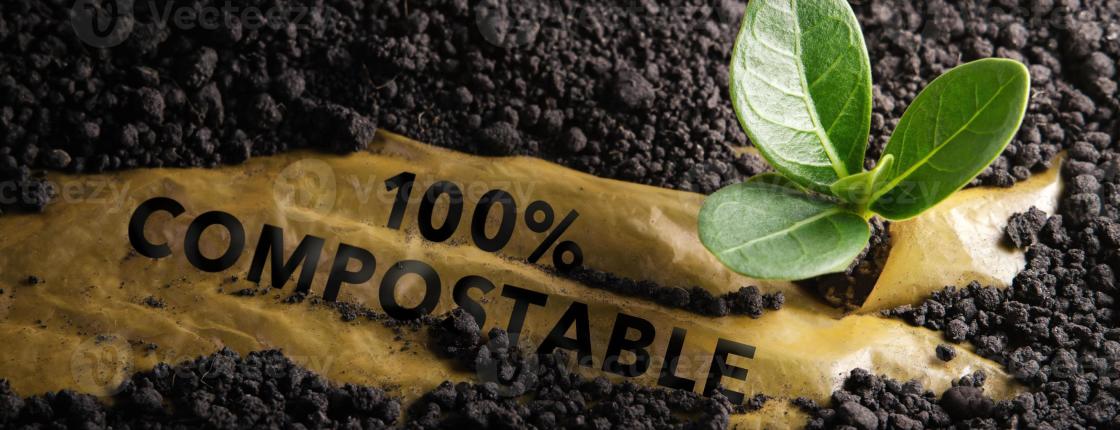
🌿 The Truth About Biodegradable and Compostable Products
With so many products labeled as biodegradable or compostable, it’s easy to assume they’re all environmentally friendly. But do we really understand what these terms mean? Let’s clear up the confusion.
🌿 Understanding Biodegradable and Compostable Products: Key Differences and Market Insights
With the global shift towards sustainability, terms like "biodegradable" and "compostable" have become prevalent in product packaging. While both suggest environmental benefits, they are not synonymous. Biodegradable products are designed to break down naturally over time through microbial activity. However, the decomposition rate varies significantly based on environmental conditions and material composition. Some biodegradable plastics may persist for extended periods, especially in landfills where conditions are not conducive to decomposition.
In contrast, compostable products are intended to decompose into nutrient-rich soil within a specific timeframe under composting conditions, leaving no toxic residues. These items adhere to stringent standards, ensuring they break down efficiently in industrial composting facilities or home compost setups. Effective decomposition requires specific conditions like heat, moisture, and microbial activity.
🚩 The Problem with Misleading Labels
The broad use of the term "biodegradable" can be misleading. Without clear standards or timeframes, consumers might assume these products decompose quickly and harmlessly in any environment. In reality, some biodegradable plastics may persist for extended periods, especially in landfills where conditions are not conducive to decomposition. This ambiguity can contribute to environmental pollution and consumer misinformation.
📈 Market Trends Reflecting the Shift Towards Compostable Products
The growing awareness and demand for sustainable alternatives are evident in market trends:
- Global Perspective: The global biodegradable packaging market is projected to grow from USD 495.78 billion in 2024 to around USD 921.95 billion by 2034, reflecting a compound annual growth rate (CAGR) of 6.40%.
- United Kingdom Focus: The UK biodegradable packaging market is anticipated to hold a significant share by 2033, growing at a CAGR of 5.2% from 2023 to 2033.
- Consumer Willingness to Pay More: A 2024 survey by PwC revealed that consumers are willing to spend an average of 9.7% more on sustainably produced or sourced goods, even amidst cost-of-living concerns.
♻️ Proper Disposal of Compostable Products
To ensure that compostable products fulfill their environmental benefits:
- Identify Appropriate Composting Facilities: Many compostable items require industrial composting facilities with specific conditions to break down effectively. Check with local waste management services to locate suitable composting options.
- Avoid Conventional Recycling Bins: Compostable plastics can contaminate recycling streams if mixed with traditional plastics. Always dispose of them according to local composting guidelines.
- Home Composting: Some compostable products are suitable for home composting. Ensure they meet home compostable standards and maintain proper composting conditions to facilitate decomposition.
✅ Conclusion
Understanding the distinctions between biodegradable and compostable products is vital for effective waste management and environmental conservation. By choosing products with clear, certified compostable labels and following proper disposal methods, consumers can significantly contribute to reducing waste and promoting a healthier planet.